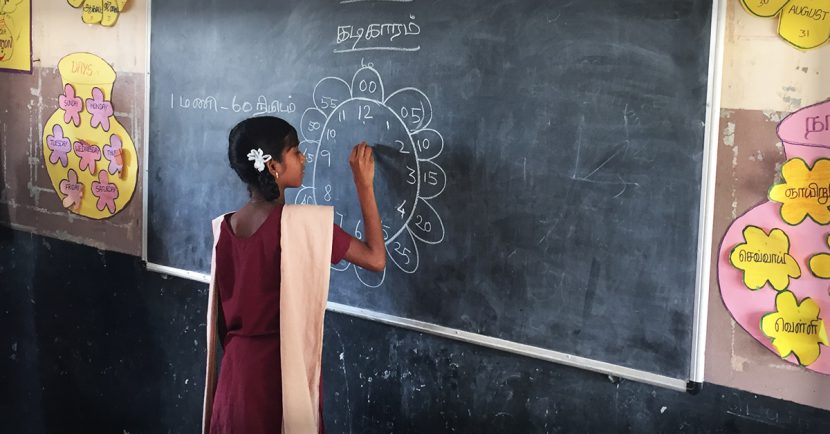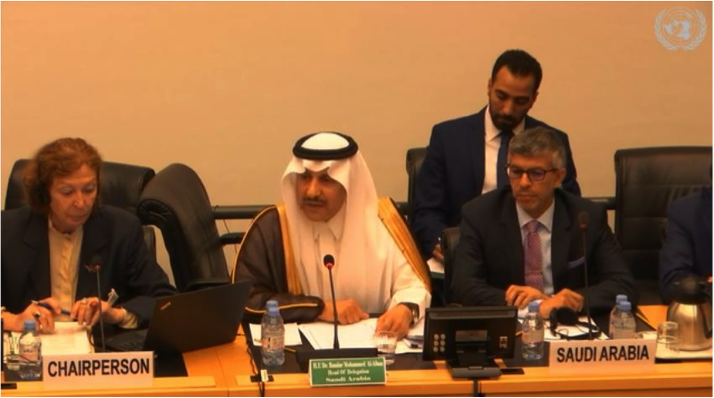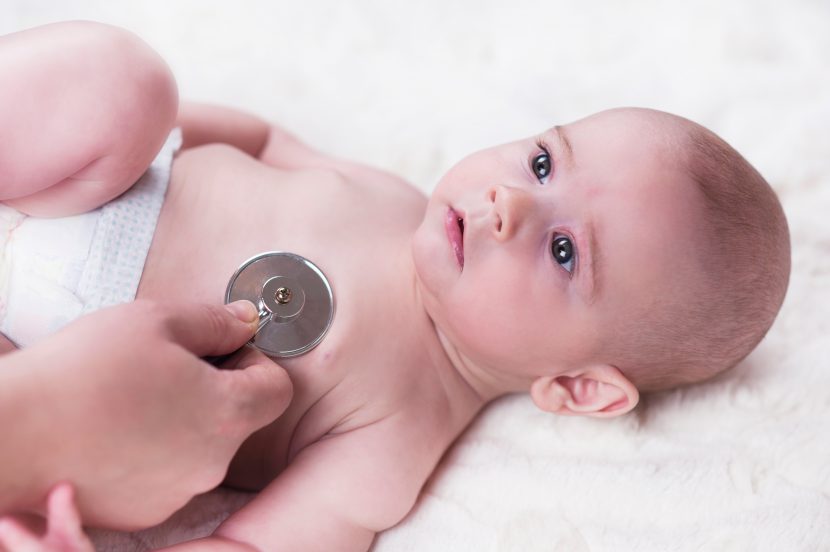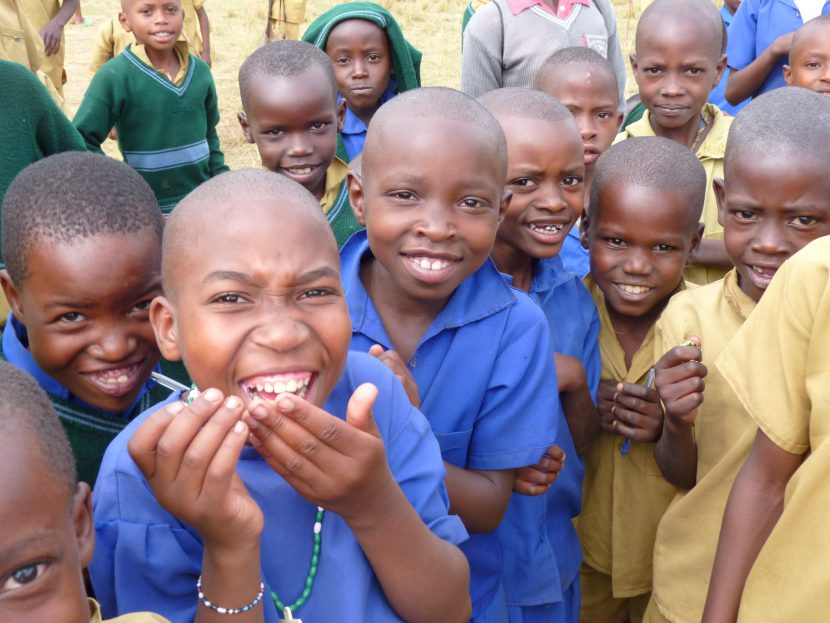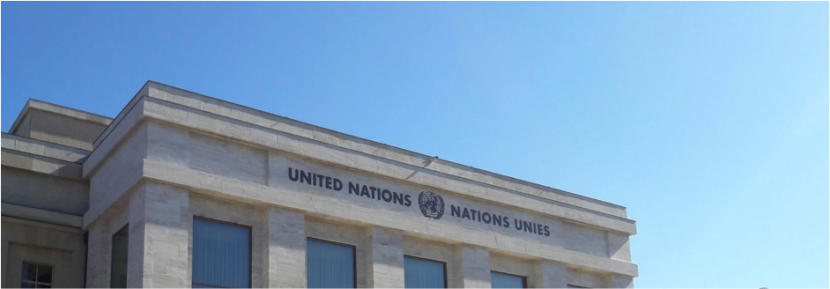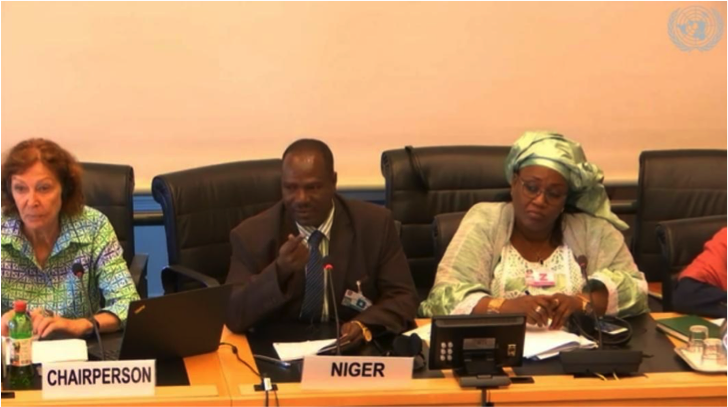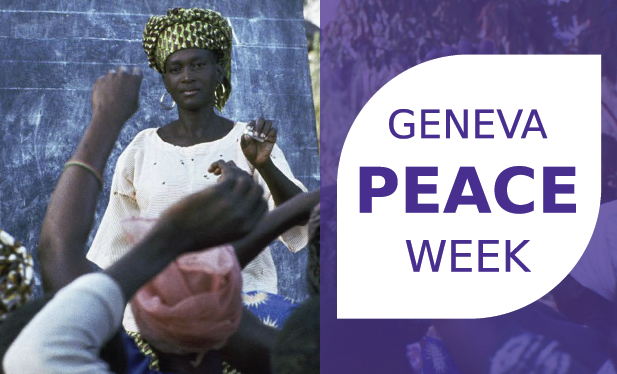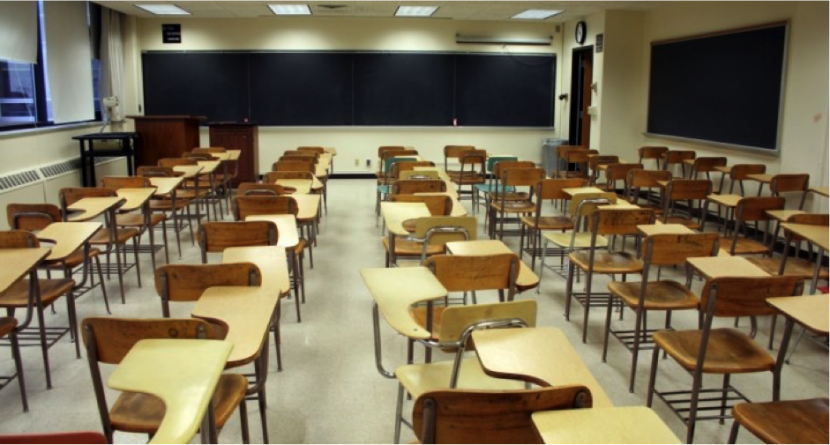Senegal: Silence on sexual abuse in the school environment
The right to education is essential in order to ensure a bright future for all children – and above all, this education must respect children and their bodily integrity. In Senegal, despite government efforts to promote education, difficulties remain, and many girls suffer harassment and sexual abuse from teachers and educational staff. Human Rights Watch […]


